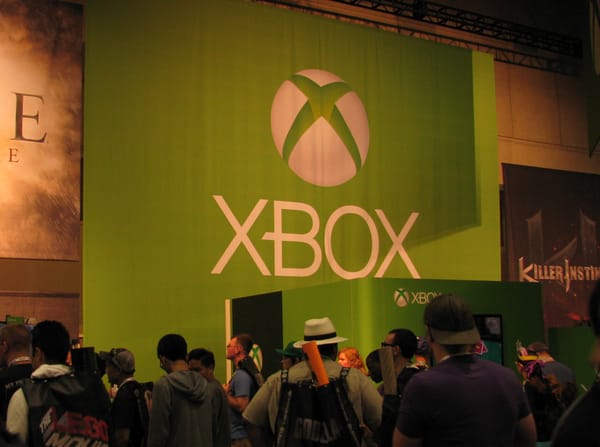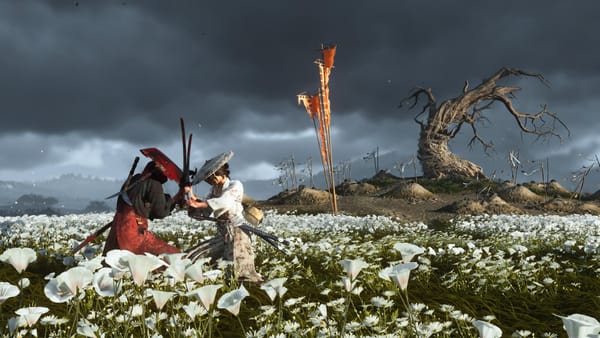Four ways to improve Pokémon GO
Pokémon Go is great, but it needs a few fixes.
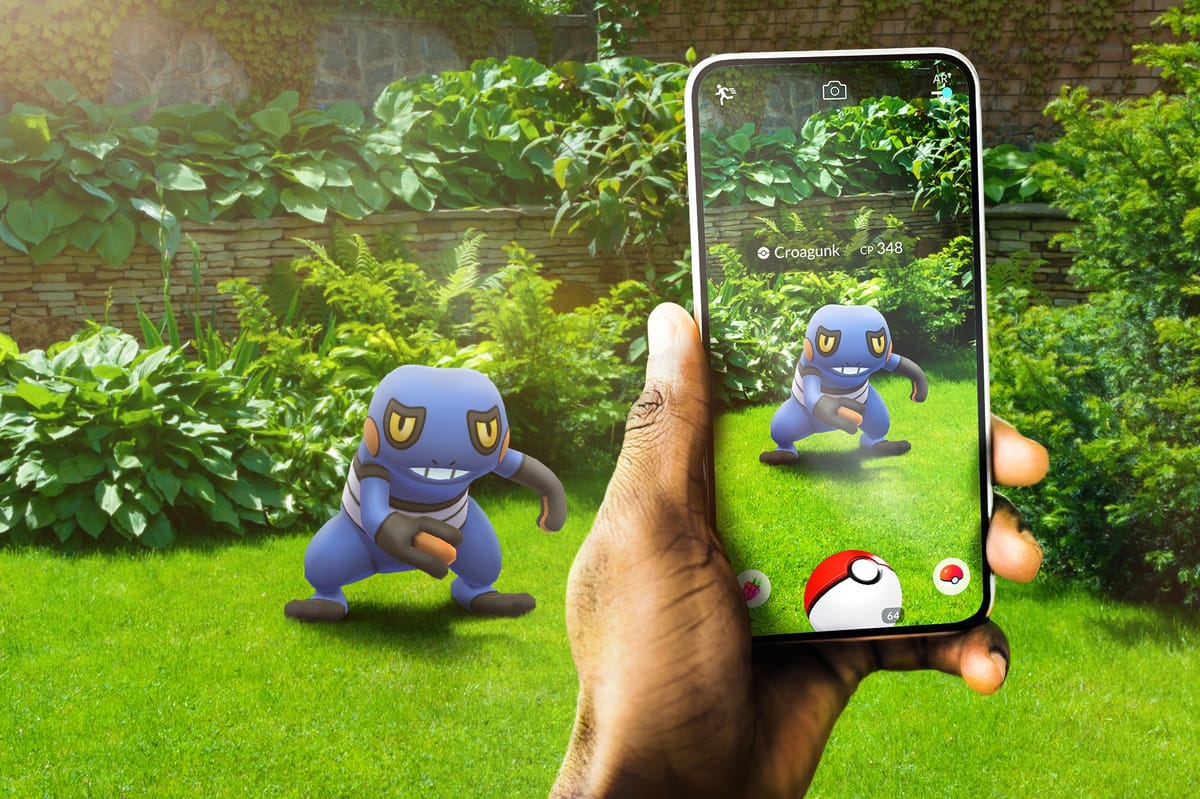
I love Pokémon GO, but the longer you play, the tougher it gets.
Here’s how I imagined Pokémon GO at level 20:
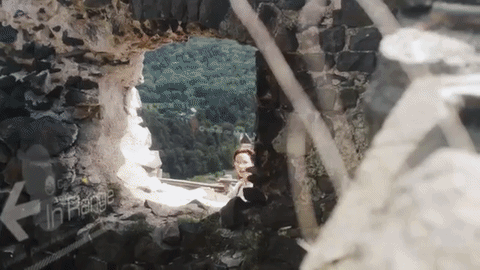
Here’s what it really feels like:
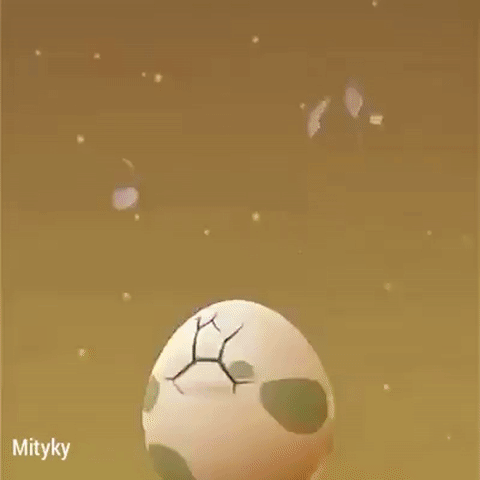
Instead of searching far and wide for the last few Pokémon, I’m walking in circles hoping my eggs will deliver the ones I need — or that, by some insane stroke of luck, I stumble across one in the wild.
And far from battling and collecting high-level Pokémon, instead I choose to catch an endless number of low-level Pidgeys.
Pokémon GO is a great game, and I’m still enjoying it. But it has structural issues that become obvious the further you get in the game. These four fixes should help.
Fix the tracker
An obvious one, so let’s get it out of the way: Pokémon GO needs to do better at telling you where Pokémon are. Sure, I get that Niantic doesn’t want to make it too easy by laying them out on a map like Pokévision (RIP). But letting players wander around blindly is silly. At my level, seeing a new Pokémon is rare; losing out because you’ve unintentionally walked the wrong way is so frustrating.
Say what you will about Pokévision: One of my favourite moments with this game was seeing an Electabuzz spawn nearby and sprinting with my co-workers down the street to find it before it disappeared. I didn’t catch it, but I loved the chase. I don’t think I’m alone, either, given the videos showing players sprinting towards a rare Pokémon.
Feed this desire, Niantic. Just point players in the right compass direction so they have some idea of where they need to be.
Incidentally, Niantic’s own trailer for Pokémon GO last year showed players being directed towards wild Pokémon. It’s clearly not gameplay footage, but it suggests that at some point in development they were happy to let players know exactly where they needed to go.
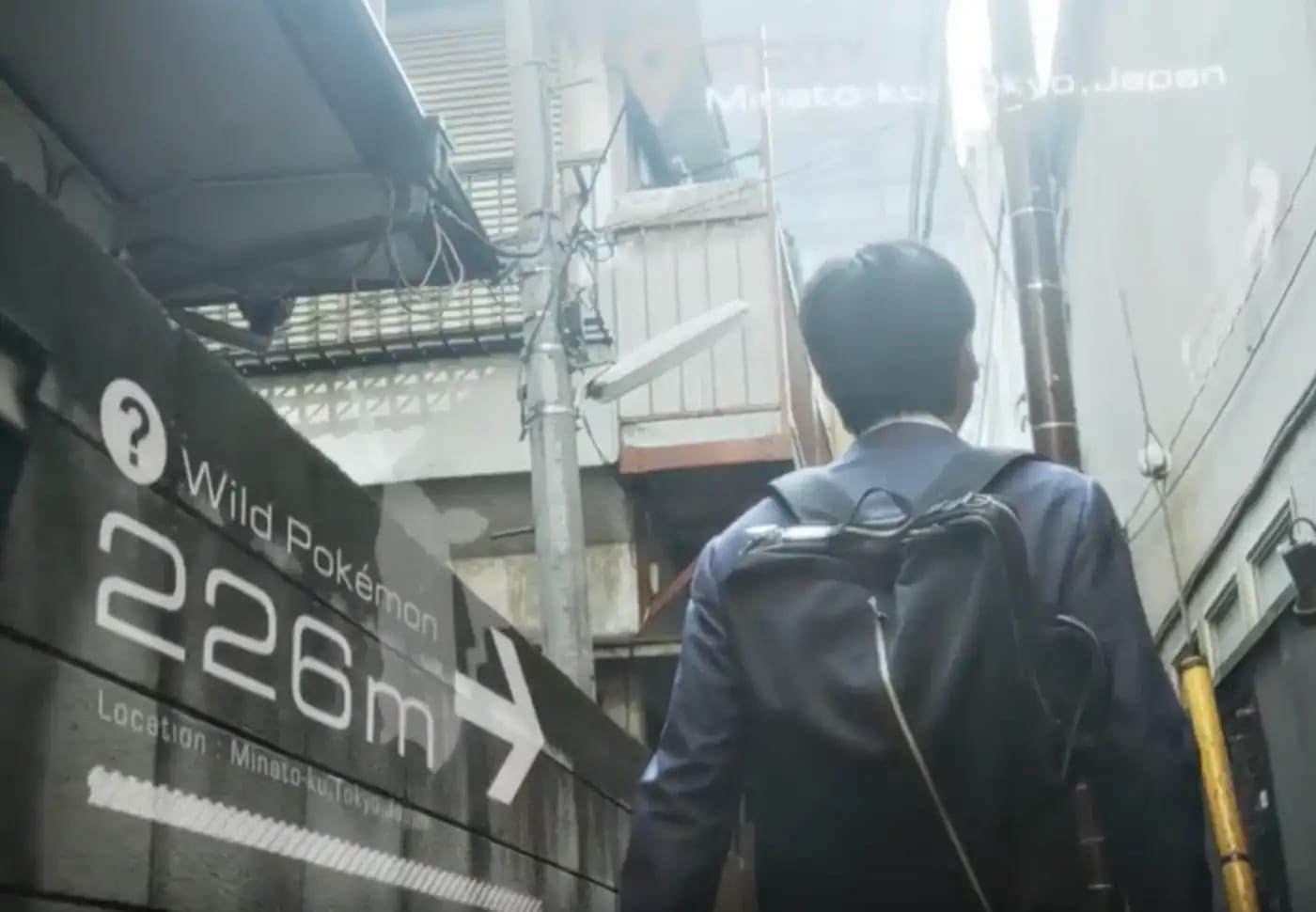
More XP and candy for catching better Pokémon
Most of the Pokémon I catch now are Pidgeys. Why? Because unless you need a particular Pokémon, there’s no reason to catch anything else.
You get 100 XP for catching a Pokémon. This does not scale, so a low-level Pidgey is worth exactly the same XP as a high-level Pidgeot. The high-level Pokémon is also much harder to catch. If I’ve already got a Pidgeot, why spend the time and Poké Balls on it when the Pidgey gives me the same XP for much less effort?
(On top of that, it only takes 12 candies to evolve a Pidgey. It takes 400 candies to evolve Magikarp into Gyarados. Both of these tasks — one incredibly easy, one incredibly difficult — reward you with the same XP!)
The solution lies in the original Pokémon games: Scale your rewards with the difficulty of the task. Tougher Pokémon should grant more XP and candy. Give me an incentive to capture a tough Pokémon, instead of running away to see if there’s a basic one hanging around.
Different Pokémon in different areas
One thing that disappointed me is the apparent lack of diversity in Pokémon GO’s world. This is anecdotal of course, but in my travels across Hong Kong and my time spent staring at Pokévision, the distribution of Pokémon seems fairly consistent across the city.
I would prefer (and indeed, I expected) something similar to the original games, where each area had a different “mix” of Pokémon. Your neighborhood may be infested with Caterpie and the occasional Pidgey, while your friend might see Pidgeys everywhere and regard Caterpie as rare. And if you want to catch a truly rare Pokémon… well, Charizard only appears on top of that tall hill…
It’d give people a reason to explore, and to break free from their routine to discover new places. That’s something Niantic said was a goal for their previous game, Ingress. And it’d help connect this game to the originals, where players had a slightly different experience in Red versus Blue. Those differences, while minor, gave people a reason to seek out other players to trade with.
Take AR pictures of captured Pokémon
OK, so this one isn’t about gameplay mechanics, but it’s important: Why can’t you take AR pictures of Pokémon you’ve already captured?
The big hook here is seeing Pokémon in the real world. Images of Pokémon appearing to interact with real objects helped turn this game into a viral sensation.
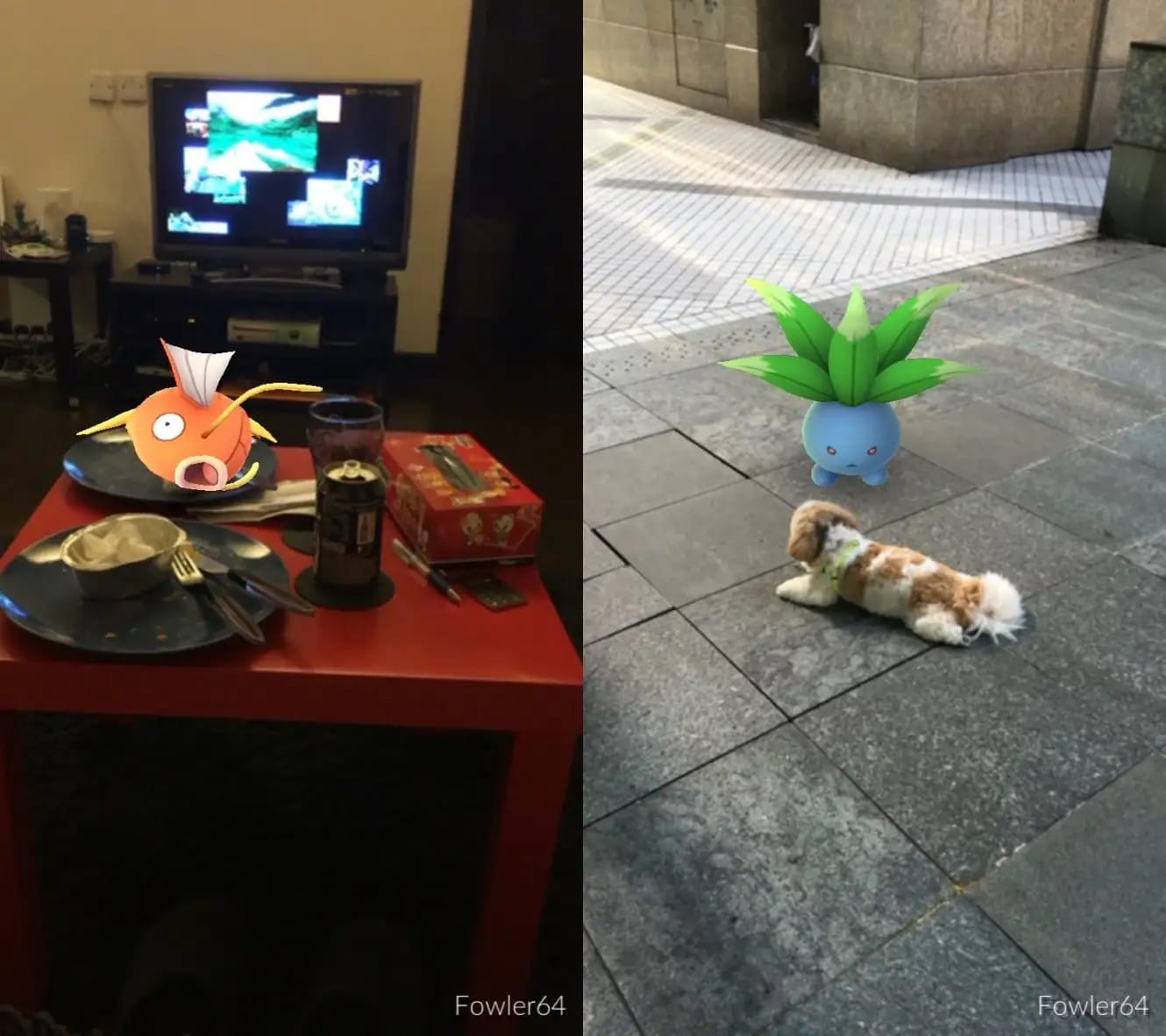
Being able to take pictures like this has no real bearing on XP, or evolutions, or reaching new levels. They serve a much more important purpose: They’re a lot of fun.
Niantic, if I’ve caught a Pokémon, let me play with them!
The initial burst of Pokémon GO madness was always accompanied by doubts: This won’t last, will it? Will you still be playing in a month?
It’s a bizarre question. Nothing lasts forever. Every craze dies out. And even if I were to stop playing, it doesn’t wipe away all the fun I’ve already had! I don’t regret any of it.
It’s hard to tell whether Niantic are listening to players, but I hope they implement these fixes to keep me coming back to this game for weeks and months to come.




